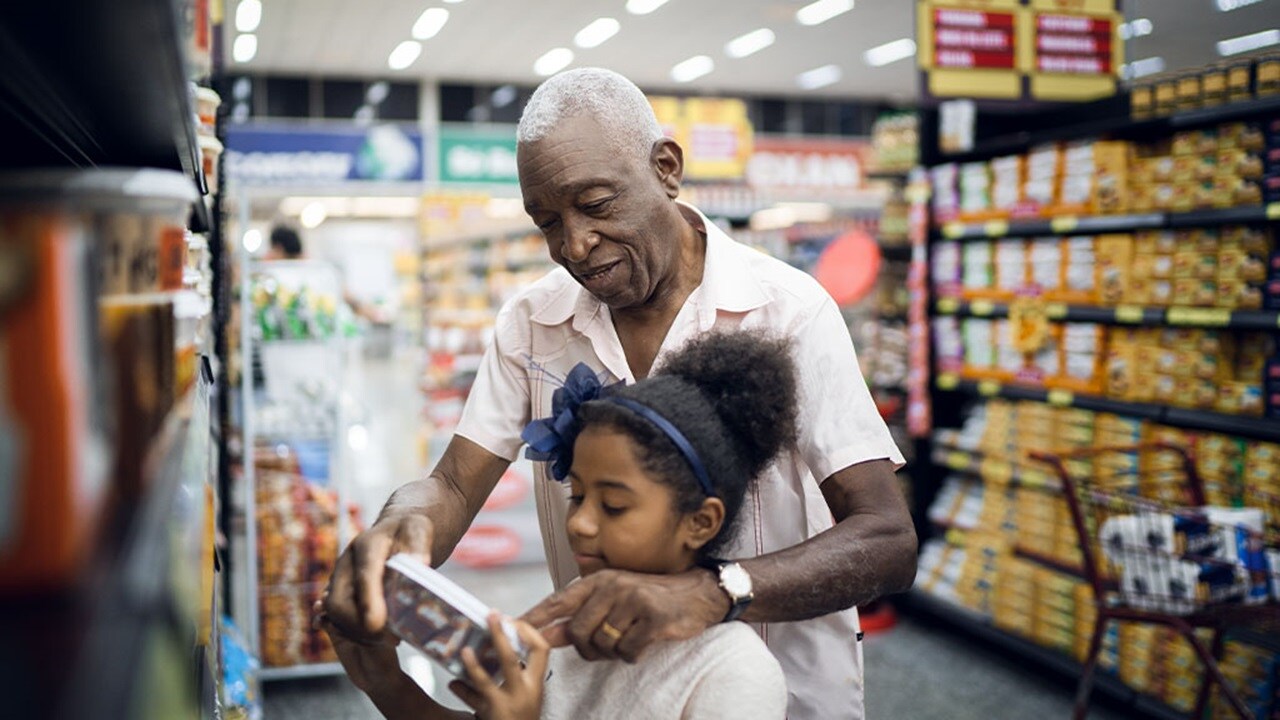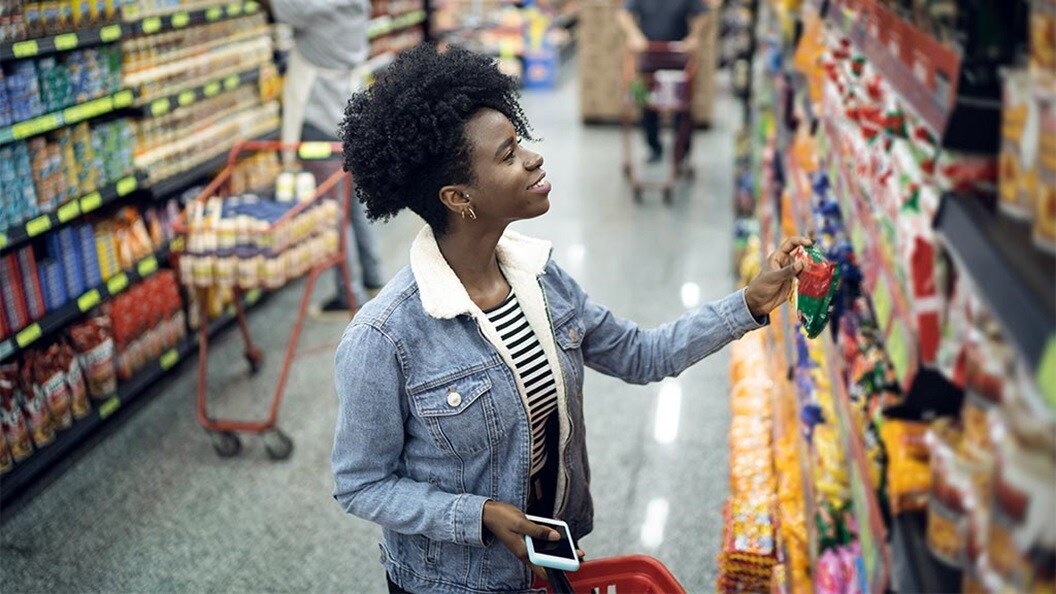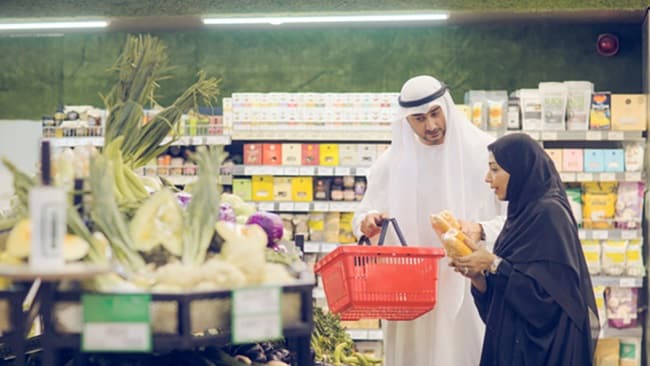Fast-moving consumer goods (FMCGs) are essential to daily life in Southern Africa, supplying households with food, beverages, and everyday products. The FMCG sector is evolving quickly, shaped by new technologies and changing consumer preferences.
In South Africa, urban migration, the popularity of shopping events, and the rise of digital commerce are transforming the FMCG retail landscape. Meanwhile, Namibia’s retail sector is expanding as modern supermarkets open and regional trade strengthens cross-border supply chains.
At the same time, logistics is undergoing a transformation. Tools like predictive analytics, blockchain, and artificial intelligence (AI) are helping companies overcome supply chain challenges and meet customer needs more efficiently.
This article explores how the FMCG market in Southern Africa is redefining growth, resilience, and competitiveness.
Retail Trends in South Africa: Growth and Digital Transformation
South Africa’s retail sector is experiencing both digital and structural changes, fundamentally altering how people shop and how businesses operate. The FMCG market is expected to grow significantly in the coming years, driven by strong consumer demand and ongoing retail innovation. The main forces behind this momentum are urban lifestyles, advancements in e-commerce, and rapid technology adoption.
Market Growth and Drivers in South Africa
Urbanization is a key driver of retail growth. With more than 68% of South Africans living in cities, demand for packaged foods, beverages, personal care, and household goods is rising. Popular online platforms like Takealot, Pick n Pay ASAP!, and Checkers Sixty60 have attracted millions of shoppers, reflecting the surge in online grocery sales.
Role of E-commerce and Technology in FMCG Logistics
E-commerce is now central to retail, with speed and convenience guiding consumer choices. But it’s not just about sales—supply chains and logistics are also evolving. Artificial intelligence (AI) allows companies to forecast demand more accurately, optimize delivery routes, and manage inventory in real time.
- Industry surveys show that 65% of FMCG companies in Southern Africa use AI-powered business software to forecast demand and manage inventory, making them more agile in responding to market changes.
- Additionally, 20% of businesses use blockchain for product traceability, which helps build consumer trust.
Together, e-commerce and advanced logistics are closing the gap between demand and delivery, helping FMCG businesses in Southern Africa grow with greater resilience.
Consumer Spending Patterns and Seasonal Trends
Consumer spending in South Africa is not constant—it rises and falls with cultural and retail events. Periods like Black Friday, Christmas, and Easter see spikes in FMCG sales as households stock up on goods. While these waves drive growth, they also expose vulnerabilities such as stock shortages, delivery delays, and pressure on cold chains, challenging even the most established retailers.
Logistics Innovation Supporting FMCG Growth
To keep pace with a changing market, businesses are rethinking their supply strategies and investing in technology.
- Predictive analytics help companies plan inventory for seasonal demand.
- Automated warehousing reduces errors and speeds up order fulfillment.
- Investments in cold chain infrastructure protect the quality of perishable goods.
- IoT-enabled tracking gives retailers real-time visibility into stock levels.
Trade Policy and FMCG Market Resilience
Changes in global trade policies also impact the FMCG sector. For example, in 2025, new U.S. tariffs on South African goods made it harder for local producers to export processed foods and beverages. However, regional agreements like the African Continental Free Trade Area (AfCFTA) and the Southern African Development Community (SADC), which reduce tariffs by up to 85%, are creating new opportunities for intra-African trade. Major infrastructure upgrades, such as the expansion of Durban Port and improvements to the Durban–Gauteng rail link, are also strengthening supply chain resilience.
For FMCG businesses, these shifts present both opportunities and challenges as the sector adapts to new realities.

Namibia Consumer Products: Local Dynamics and Strategic Shifts
Namibia’s FMCG and retail landscape is also changing rapidly, driven by evolving consumer behavior and the expansion of modern trade. Urbanization, regional trade, and sustainability initiatives—supported by AI and improved logistics—are fueling growth.
FMCG Market Growth and Retail Structure
While South Africa often gets the spotlight, Namibia is emerging as a dynamic market in its own right. Urban centers like Windhoek and Walvis Bay are modernizing, with major retailers such as Shoprite and Pick n Pay leading the way. This modernization is making Namibia’s consumer goods sector a vital part of the Southern African FMCG ecosystem.
Product Mix and Regional Trade
Packaged food is the largest segment in Namibia’s FMCG market, accounting for 38%, followed by beverages at 25%. Thanks to the South African Customs Union (SACU) and SADC agreements, about 85% of goods imported into Namibia from neighboring countries are duty-free. This reduces costs for retailers and supports cross-border trade worth more than NAD 1.2 billion annually.
Consumer Spending and Retail Challenges
Like South Africa, Namibia experiences cyclical demand, with peaks during holidays, tourism seasons, and paydays. While these events boost sales, they can also strain logistics networks. High costs and gaps in cold chain infrastructure make it difficult to deliver perishable goods reliably. Rural areas face additional challenges with last-mile delivery, mirroring broader issues across the region’s FMCG sector.
FMCG Solutions for Namibia’s Market
To address these challenges, Namibia is adopting technology to improve efficiency:
- AI-based logistics planning has reduced stockouts by 25% at Pick n Pay Namibia.
- Expansion of cold chain facilities near Walvis Bay is improving the handling of perishables.
- Smart warehouses are supporting scalable growth.
- Partnerships with the EU and AfCFTA are strengthening market resilience.
Infrastructure and Sustainability Shaping Namibia's Consumer Goods
Major investments, such as the Walvis Bay Port expansion and the Trans-Kalahari Highway, are strengthening Namibia’s position in the regional FMCG market. Some companies are also reducing costs and appealing to environmentally conscious consumers by using solar power and recycling water at their facilities.
FMCG in Southern Africa at a Turning Point
The future of the FMCG sector in Southern Africa is full of change and opportunity. In South Africa, digital commerce and urban lifestyles are reshaping the retail landscape. In Namibia, modern retail and regional trade integration are fueling expansion.
Across both markets, AI and advanced logistics are revolutionizing supply chains, improving forecasting, protecting perishable goods, and streamlining cross-border trade.
The key takeaway: businesses that invest in smarter logistics and regional partnerships will be best positioned to succeed in this fast-moving sector.
As the market continues to evolve, Maersk offers solutions to help FMCG companies navigate these changes and thrive in Southern Africa’s dynamic environment.
Discover more useful articles with Maersk Logistics Insights and learn more about other relevant insights on supply chain growth as well as on the FMCG sector. Or for more logistics trends and insights, read and download The Logistics Trend Map.















